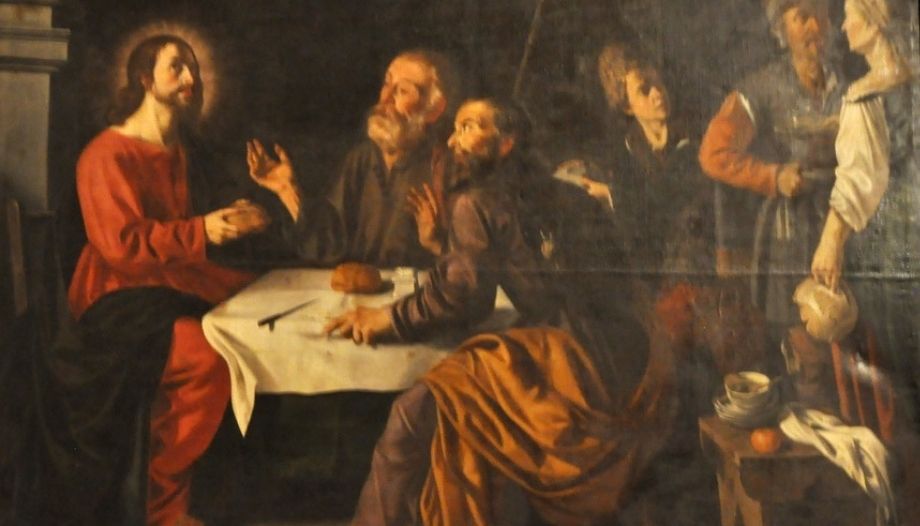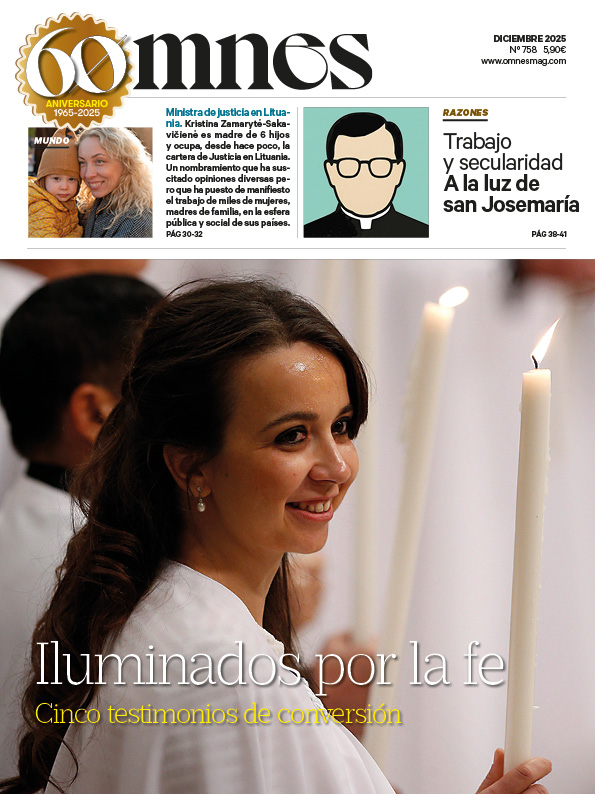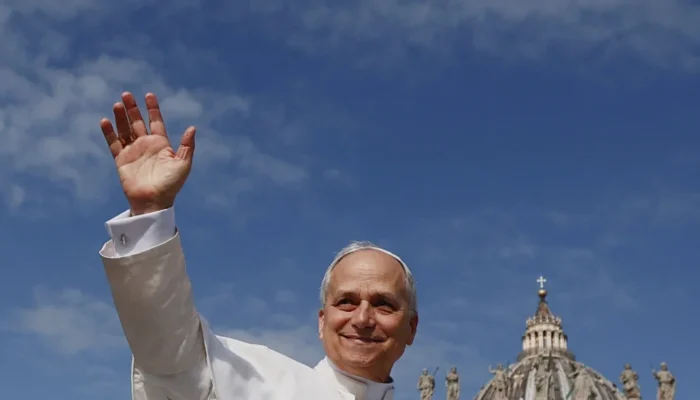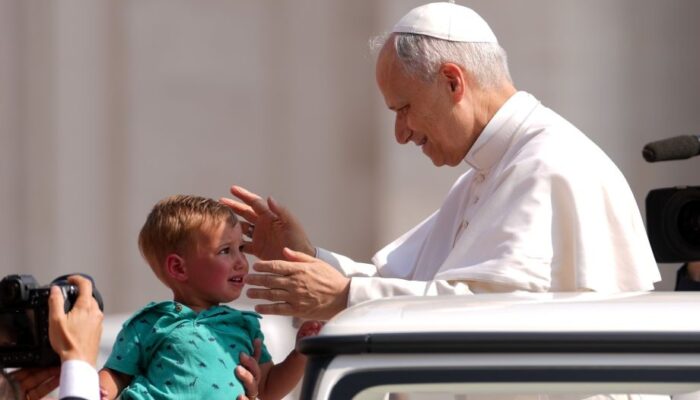But St. Cleopas and the other disciple, when they were near Emmaus, stopped him and said to him, "Stay with us, for it is getting dark. (...) And when they were at table together," the Lord "took bread, blessed it, broke it, and gave it to them. Then their eyes were opened and they recognized him, but he disappeared from their presence. (...)".
They returned to Jerusalem and told the Apostles what had happened to them on the road, "and how they had recognized him in the breaking of the bread" (Lk 24:13-35).
St. Luke the Evangelist, immediately after this, writes: "While they were talking about these things, Jesus stood in the midst, and said to them, 'Peace be with you.'"
They met the Savior
The Roman Martyrology thus records. "Commemoration of St. Cleophas, disciple of the Lord. He and the other itinerant companion, whose heart was burning when Christ, on Easter evening, appeared to them on the road, explaining the Scriptures to them. Later, in the house of Cleophas, in Emmaus, they met the Savior in the breaking of the bread".
The name of Cleophas appears twice in the Gospels. Once in St. Luke, as we have seen. And the other in St. John. "There stood by the cross of Jesus his mother, and his mother's sister Mary of Clopas, and Mary Magdalene," recounts the Gospel (Jn, 19-25).
St. Sergius of Radonez, Russian master hermit
The liturgy also celebrates the master of Russian monastic life and protector of Russia, St. Sergius of Radonez. Born of a noble family in Rostov around the year 1314. At the age of twenty he began his eremitical life in a forest near Radonez, not far from Moscow.
Soon he was joined by many followers, and in 1354 he began monastic life in community with them. Thus was born the monastery of the Holy Trinity, a point of reference for monasticism in northern Russia. St. John Paul II commented on it in the Angelus of October 4, 1992, referring to an analogy with St. Francis of Assisi.







